
NCERT Solutions for Class 9 Science Chapter 1 Arinjay Academy
Question 1. What is reproduction? Answer: Reproduction is the biological process by which new individual organisms are produced from their parents. Question 2. What is sexual reproduction? Answer: Reproduction which involves the fusion of male and female gametes is known as sexual reproduction. Question 3. What is fertilisation? Answer:
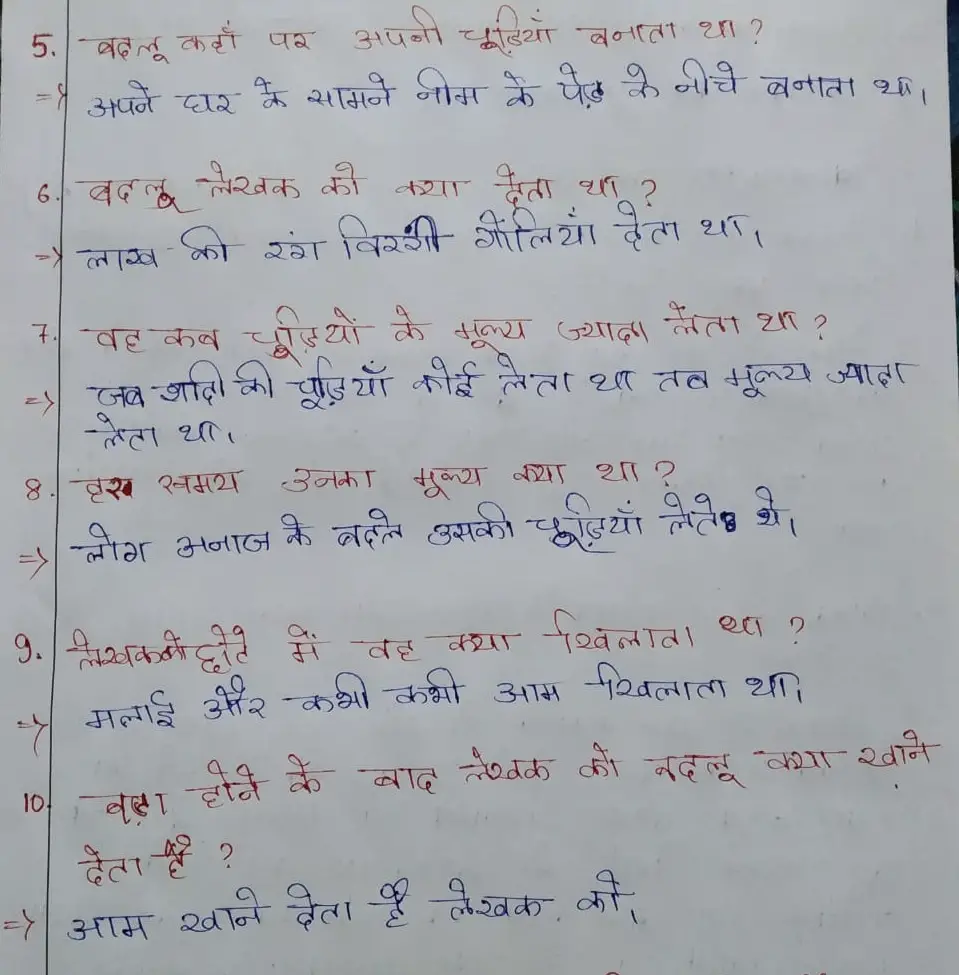
worksheet for class 8 science chapter 2 printable worksheet class 8th science chapter 1
Important Questions for CBSE Class 8 Science Chapter 9 - Reproduction in Animals Last updated date: 27th Dec 2023 • Total views: 590.1k • Views today: 17.89k Download PDF NCERT Solutions CBSE CBSE Study Material Reproduction in Animals Class 8 Important Questions with Solutions: Free PDF Download
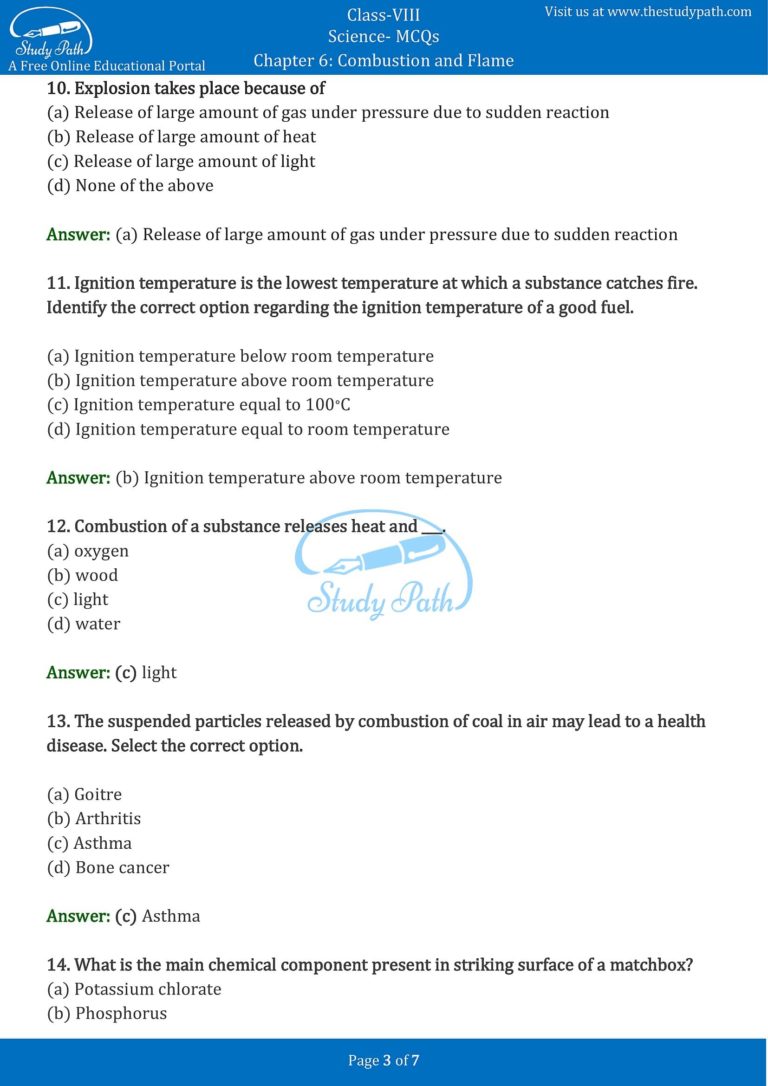
Mcq Questions For Class 8 Science Chapter 3 Synthetic Fibres And Riset
Important Questions Class 8 Science Chapter 9 Reproduction Animals are provided here which can help the students to develop their problem-solving abilities & prepare for the exam more effectively.
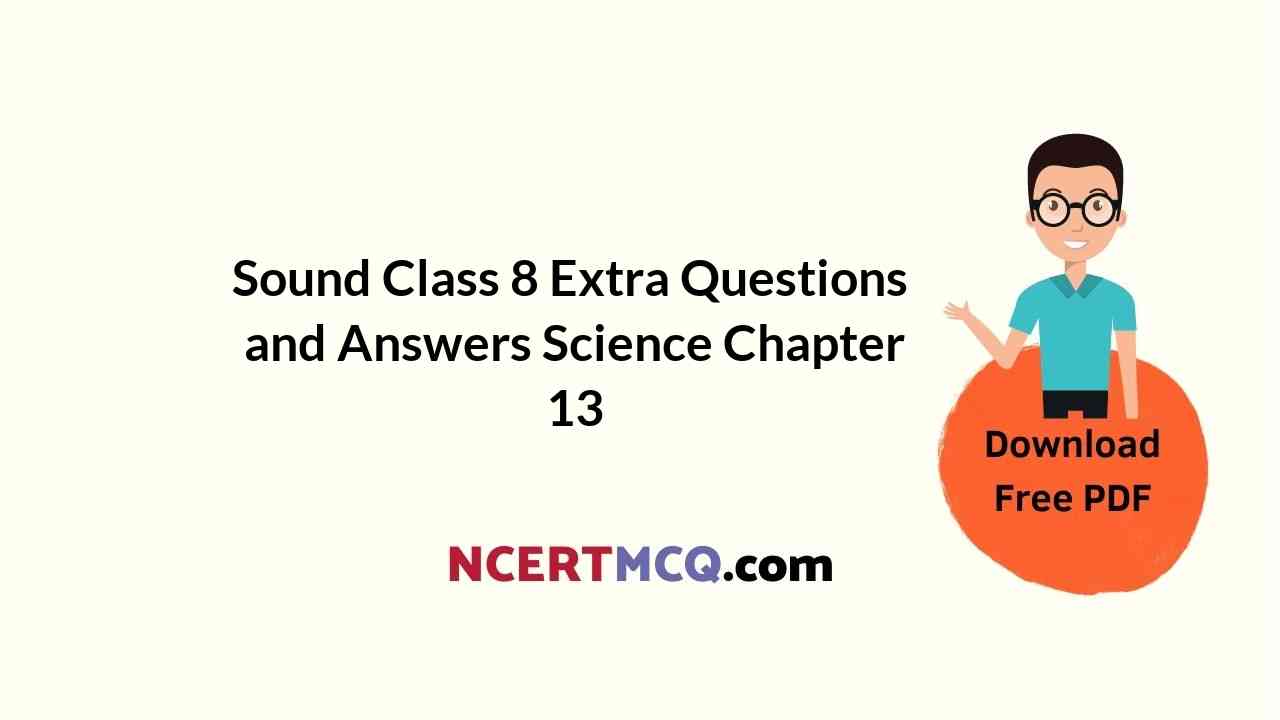
Online Education for Sound Class 8 Extra Questions and Answers Science Chapter 13 NCERT MCQ
Class 8 Science Chapter 9 Extra Questions and Answers Reproduction in Animals Extra Questions for Class 8 Science Chapter 9 Reproduction in Animals with Answers Reproduction in Animals Class 8 Extra Questions Very Short Answer Type Question 1. Indicate whether the following statement is true or false:
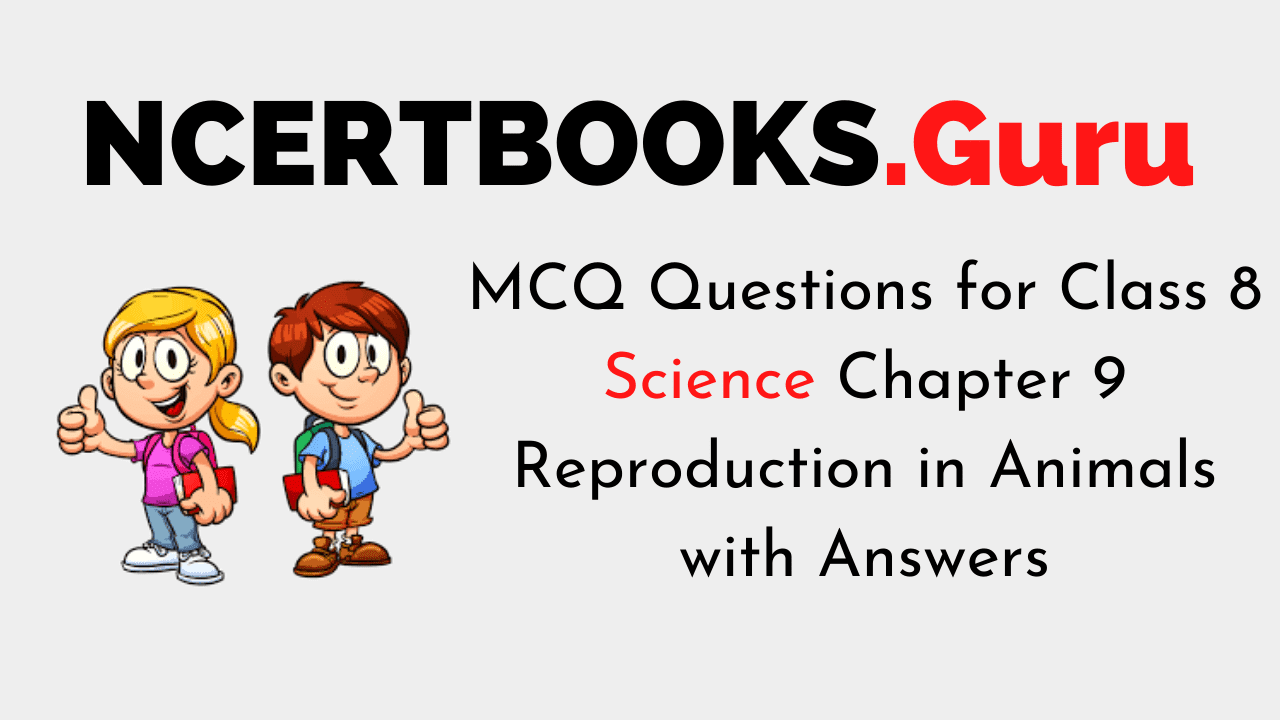
MCQ Questions for Class 8 Science Chapter 9 Reproduction in Animals with Answers NCERT Books
Question 1. Explain the importance of reproduction in organisms. Answer: Reproduction is a vital phenomenon on this planet earth which is essential for existence and continuity of life and species on it, generation after generation. Question 2. Describe the process of fertilisation in human beings. Answer:

Class 8 Science Chapter 9 Reproduction In Animals Mcq With Answers Riset
Class 8 Science Chapter 9 MCQ with Answers. 1. Whenever the surfaces in contact tend to move or move with respect to each other, the force of friction comes into play. (a) only if the objects are solid. (b) only if one of the two objects is liquid. (c) only if one of the two objects is gaseous.

NCERT Solutions for Class 8 Science Chapter 9 Reproduction In Animals
Hope the information shed above regarding NCERT MCQ Questions for Class 8 Science Chapter 9 Reproduction in Animals with Answers Pdf free download has been useful to an extent. If you have any other queries of CBSE Class 8 Science Reproduction in Animals MCQs Multiple Choice Questions with Answers, feel free to reach us so that we can revert.

Ncert Solutions For Class 6 Science Chapter 8 Body Movements
Extra questions for Class 9 Science Chapter 8 Motion with answers is given below. Our subject expert prepared these solutions as per the latest NCERT textbook. These questions will be helpful to revise the all topics and concepts.
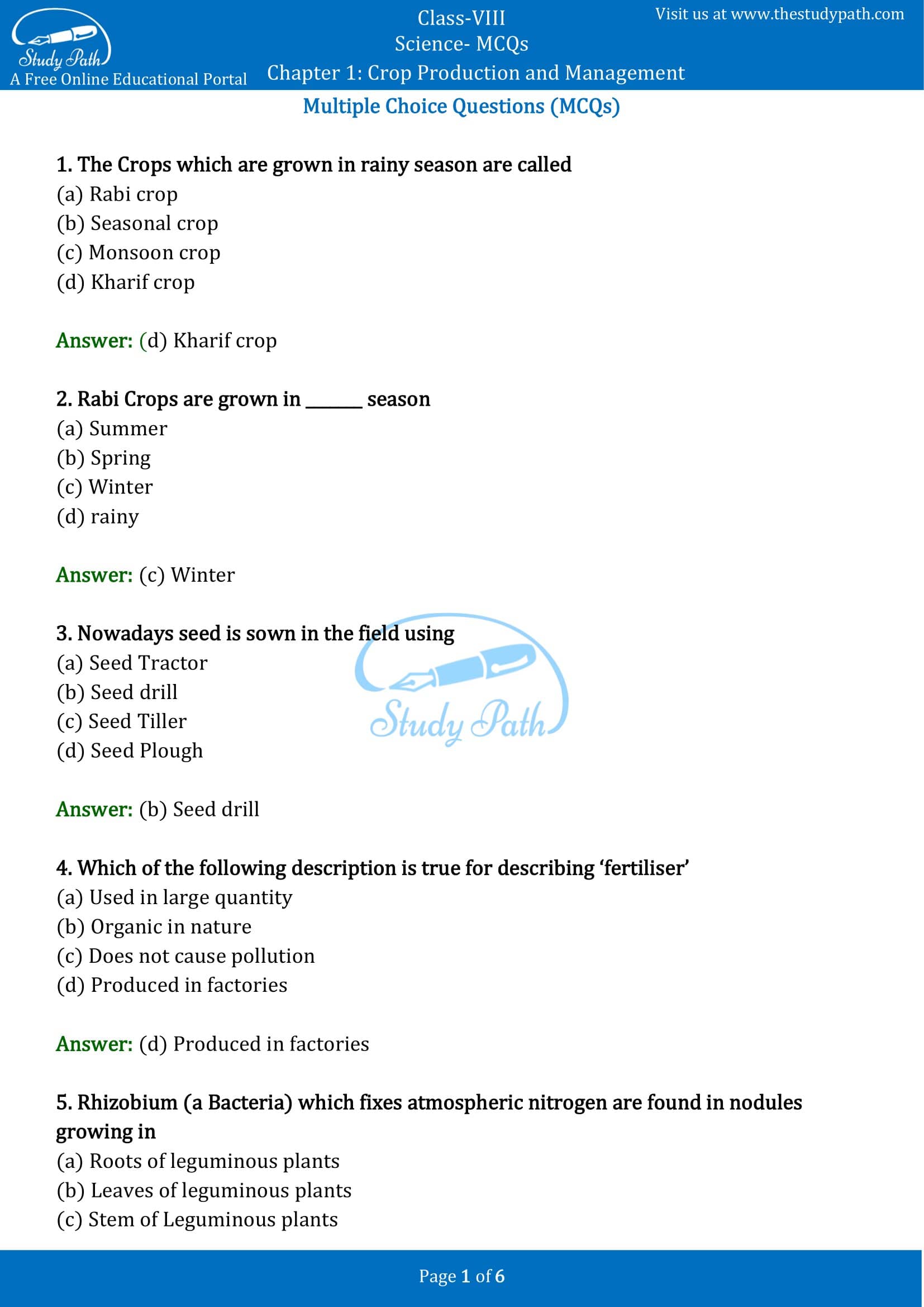
MCQ for Class 8 Science Chapter 1 Crop Production and Management with Answers
Class 9 Science Chapter 8 Important Extra Questions Set - 6. Suppose a ball of mass m is thrown vertically upwards with an initial speed v, its speed decreases continuously till it becomes zero. Therefore, the ball begins to fall downward and attains the speed v again before striking the ground. It implies that the magnitude of initial and.

Extra Questions for Class 9 Science by swathicbse Issuu
Reproduction in Animals. 1. The number of eggs produced in internal fertilisation is. A. more than external fertilization. B. less than external fertilization. C. more or less than external fertilisation depending on the environmental conditions. D. equal to external fertilisation.

Worksheet Extra Examples Chapter 1 Sections 1.1 1.2 1.3 Answers
Question 1. Define the following terms: (a) Distance (b) Displacement (c) Speed (d) Velocity (e) Acceleration (f) Uniform motion (g) Uniform circular motion (h) Scalar quantity (i) Vector quantity Answer: (a) Distance: The total path length traveled by a body in a given interval of time is called distance.

Important Questions for CBSE Class 8 Science Chapter 9
Class 8 Science Chapter 9 Important Questions of Friction for CBSE and State board students updated for new academic session 2023-24. Class 8 Science chapter 9 extra question answers contain all the important questions taken from NCERT books issued for 2023-24 exams. Questions are based on important topics from CBSE textbook and covers the.

class 8 science chapter 2 question and answer ncert book. YouTube
You can refer to NCERT Solutions for Class 8 Science Chapter 9 Reproduction in Animals to revise the concepts in the syllabus effectively and improve your chances of securing high marks in your board exams. Reproduction in Animals Class 8 MCQs Questions with Answers Choose the correct option. Question 1.

Class 9 Maths Extra Questions Chapter 1 Number Systems
Question 1: Name two animals which reproduce sexually. Answer: Cow, Elephant Question 2: Name two animals which reproduce asexually. Answer: Hydra, Amoeba Question 3: Which type of reproduction involves gametes? Answer: Sexual reproduction Question 4: Which type of reproduction does not involve gametes? Answer: Asexual reproduction
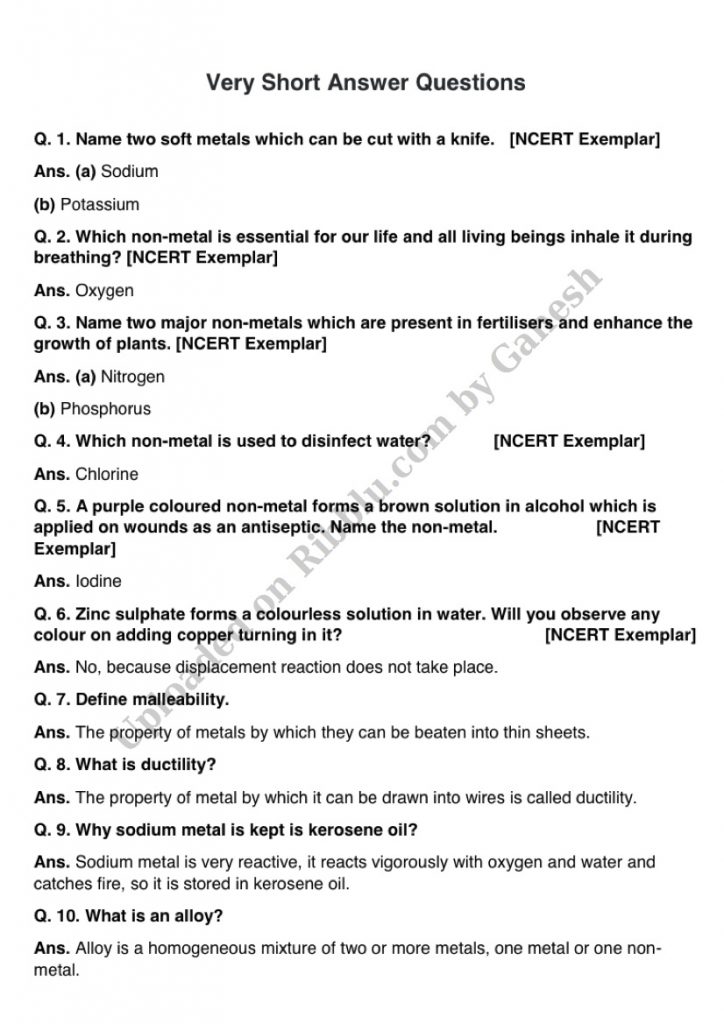
Top 108 + Reproduction in animals class 8 extra questions and answers
Regularly solving questions will further enhance the exam preparation for any student. Students can rely on Extramarks question bank of Class 8 Science Chapter 9 Important Questions to get a full set of questions from different sources at one place. The question bank comes with simplified and clear answers to each question.
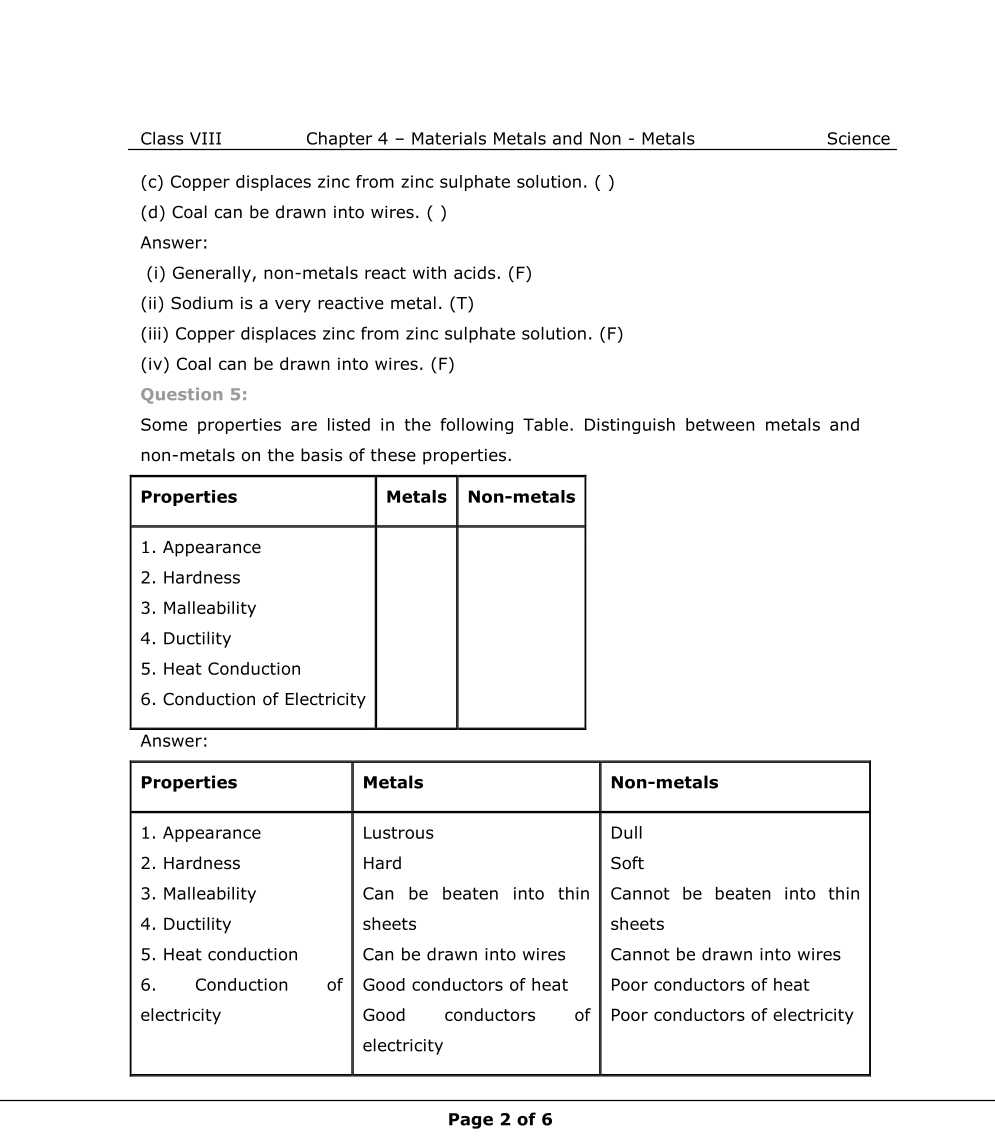
Ncert Class Viii Science Solutions Chapter 4 Materials Metals And Non Hot Sex Picture
Question 1. The phenomenon of motion was placed on a sound scientific footing by two scientists. Write their names. Answer: Galileo Galilei and Isaac Newton. Question 2. Are rest and motion absolute or relative terms? Answer: They are relative terms. Question 3. Suppose a ball is thrown vertically upwards from a position P above the ground.